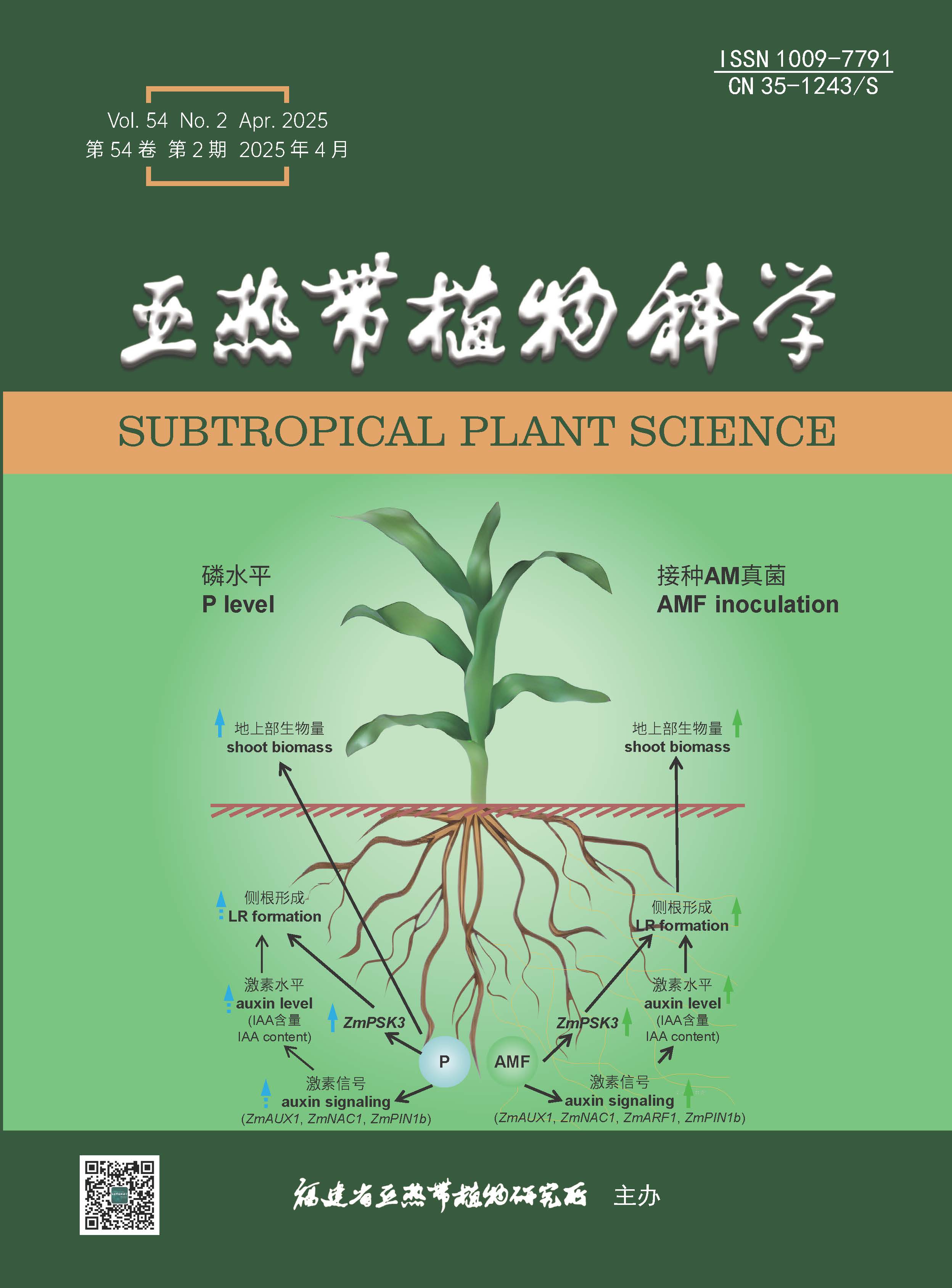|
|
Effects of Water and Nitrogen Coupling on Yield of Astragalus membranaceus and Soil Moisture, Water
Consumption Characteristics Under Mulched Drip Irrigation
CUI Xiong-fei, WANG Yu-cai, LÜ Xiang, WANG Xiao-feng
2025, 54(2):
176-185.
DOI: 10.3969/j.issn.1009-7791.2025.02.007
To clarify the effects of water-nitrogen coupling on soil moisture changes, water consumption characteristics, and yield of Astragalus membranaceus in the semi-arid region of Longxi, and to explore irrigation and fertilization patterns of efficient and reasonable suitable for local A. membranaceus, a water-nitrogen coupling experiment using drip irrigation under plastic film was conducted in Weiyuan County, Gansu Province, from April to October 2024.A two-factor experimental design was adopted, with soil moisture content set at two irrigation levels: 55%–70% of field capacity (W1) and 70%–85% of field capacity (W2), and three nitrogen levels: low nitrogen (62 kg·hm–2, N1), medium nitrogen (84 kg·hm–2, N2), and high nitrogen (106 kg·hm–2, N3).The results showed that the soil water storage capacity at depths of 0–100 cm decreased as the astragalus growth period progressed. Appropriate increases in nitrogen fertilizer application reduced soil water consumption. The total water consumption, stage-specific water consumption, water consumption intensity, and water consumption coefficient were highest during the fruiting period of A. membranaceus. Among these, the W2N1 treatment had the highest total water consumption, reaching 674.3 mm; the W2N2 treatment had the highest water consumption and water consumption intensity, which were significantly higher than other water-nitrogen treatments by 3.0%–16.8% and 3.4%–17.9%, respectively, and significantly higher than the CK treatment by 39.8% and 39.4%, respectively. The W1N2 treatment had the highest water use coefficient, significantly higher than other water-nitrogen treatments by 5.4% to 17.3%, and significantly higher than the CK treatment by 2.1%. Different water and nitrogen treatments had a significant effect on the root diameter, root length, underground dry weight, and yield of A. membranaceus, with the W2N2 treatment yielding the highest results. Compared to other treatments, the W2N2 treatment significantly increased root diameter by 9.8% to 48.3%, root length by 5.6% to 22.4%, underground dry weight by 14.2% to 51.3%, and yield by 7.1% to 25.9%. This indicates that appropriate irrigation and nitrogen application can improve A. membranaceus' water use characteristics, promote root system absorption of soil moisture, and enhance water use efficiency. The W2N2 treatment cultivation model significantly increases root diameter, root length, and A. membranaceus yield.
References |
Related Articles |
Metrics
|
